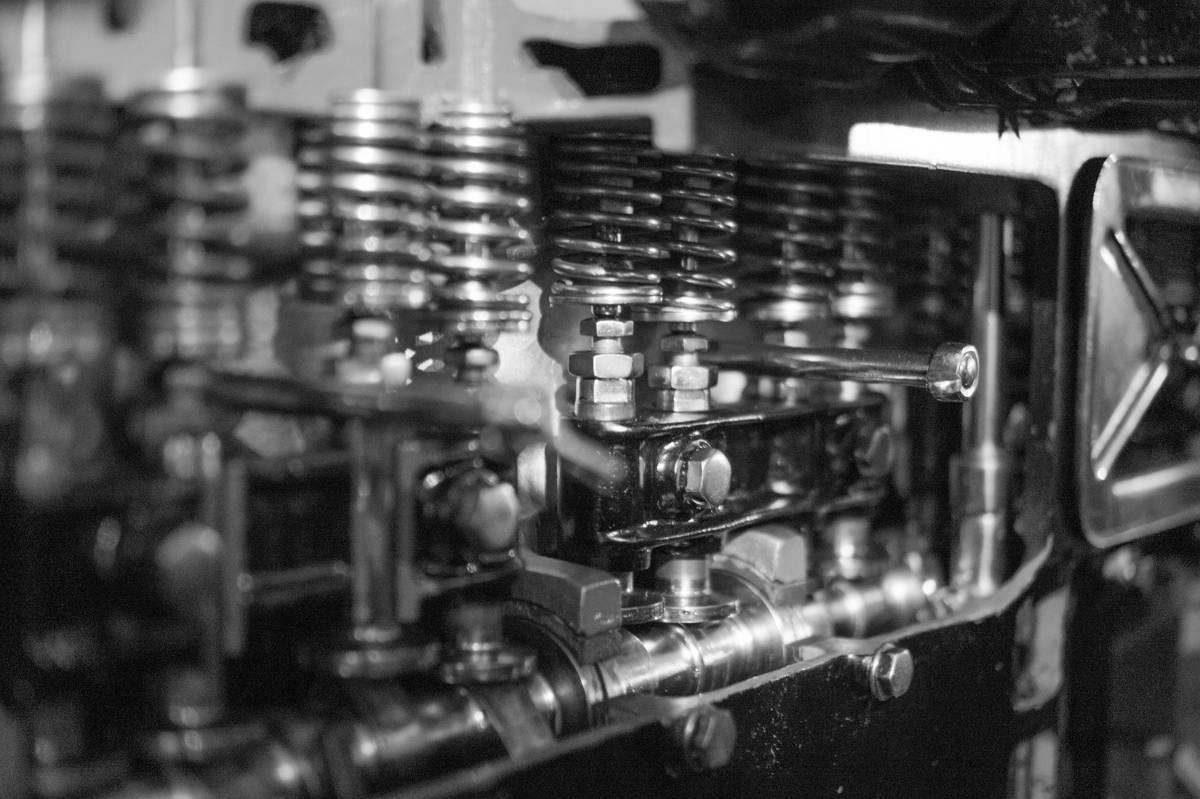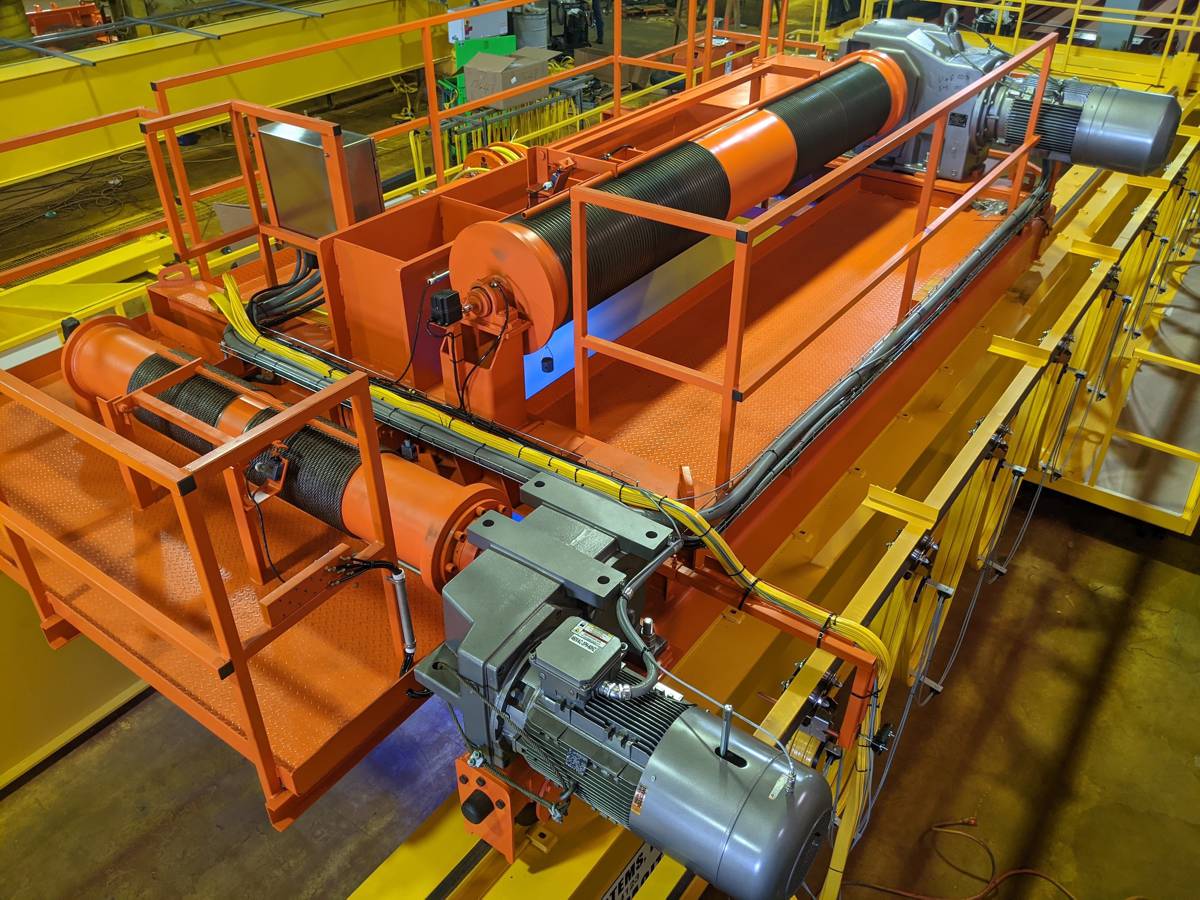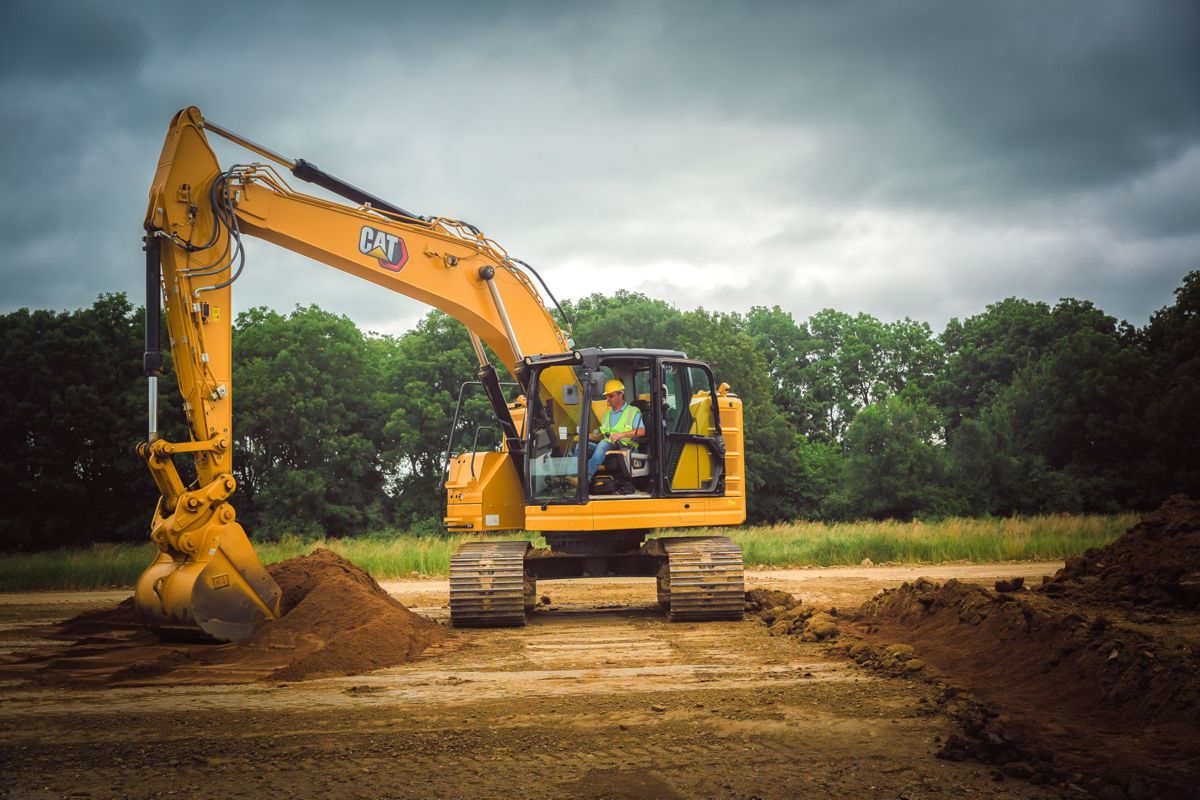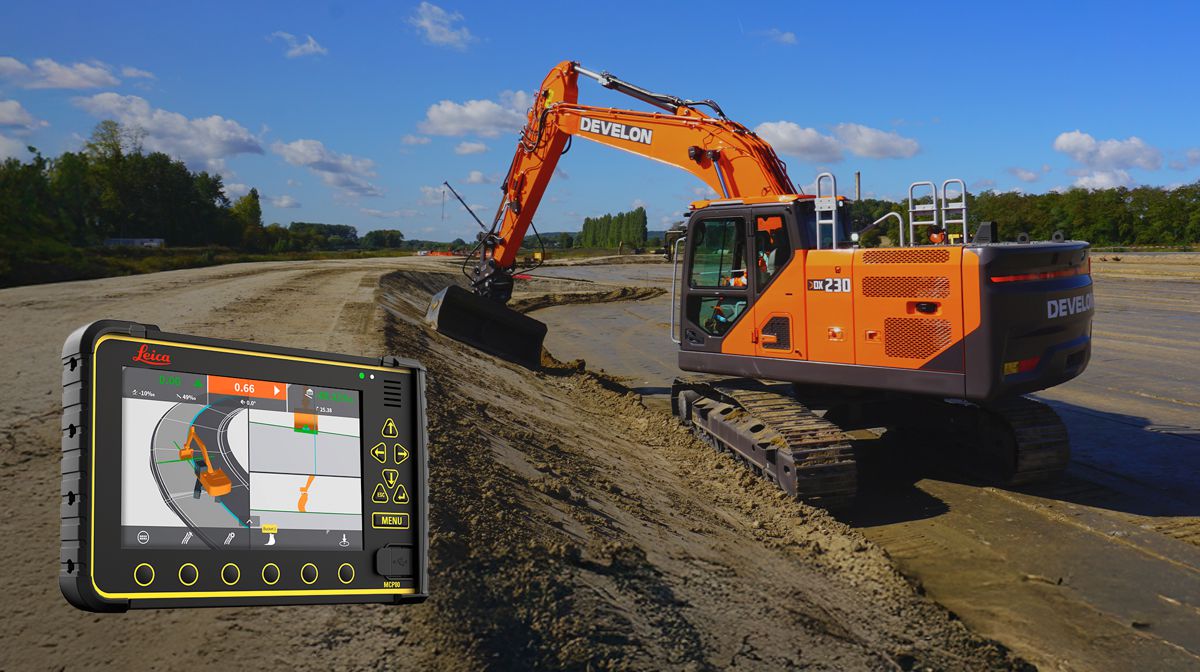How to maintain your seals during downtime
It is vital to check your seals constantly whether the machinery is being used or not. Especially during periods of no use, this is the perfect time to check your seals for any signs of damage and wear that you may need to address. It’s important to do this as seal failures can lead to equipment problems which may be detrimental to your equipment and business.
Whether you deal with hydraulic or pneumatic seals such as wiper seals, they must be able to withstand a range of environments and practises such as extreme temperatures, high pressures, chemicals and contamination.
In this article, we will give you some tips on what to watch out for when looking for problems in your seals and how to maintain your seals during a period when they are not being used.
Proper storage
If a seal is in a period of no use, storing them properly can prevent future failure. Properly storing seals includes putting the seals and their hardware in a cool environment. You must also disassemble the seals and sort each part individually, making sure not to store seal faces together as they could end up losing their flatness.
Lubrication
Lubrication is a must in seals and most machinery as it can prolong the life of seals due to the motion they are usually under. When looking at the seals, check that lube is present. If there is none present or only a small amount, place some grease around the seal. Checking for grease is important to prolong the life of your seal.
Contamination
Just because the machinery is not being used does not mean that contamination is not still present in the seal. If the seal has not been checked after its last use, then contamination may still be present. Contamination may come from metallic shavings, powder, dirt, mud, grit, and other solid particles. These may be picked up during operation and can damage the seal when passing through.
High temperatures
If the seal has been stored somewhere that has a high temperature, the heat can cause damage to the seal. The heat can cause the seal to harden and degrade quickly. The material of the seal can break off when hardened, and this can then cause more contamination along the whole machinery or pipe network.
Pressure
The pressure that your seal has been under could cause the seal to fail. This might have been because it is over pressurised. Check for pressure strikes in seals. If you can see any, then you may need to replace the seal with a one that is made to be under higher pressure.
Chemical deterioration
If there has been a corrosive fluid used, then this may cause a breakdown in the seals’ material. You need to have made sure that the material the seal is made out of is right for the fluid passing through it. Especially when connecting a seal to a hydraulic system using chemical fluid, this may create fractures in a material. The chemical deterioration can cause swelling or shrinking of the seal.
Hopefully, this article has helped you understand seals more and how you can look after them after periods of no use. Whether your seals or being used or are in storage, maintenance is important to keep them in good condition for present and future use to make sure they don’t fail.




















